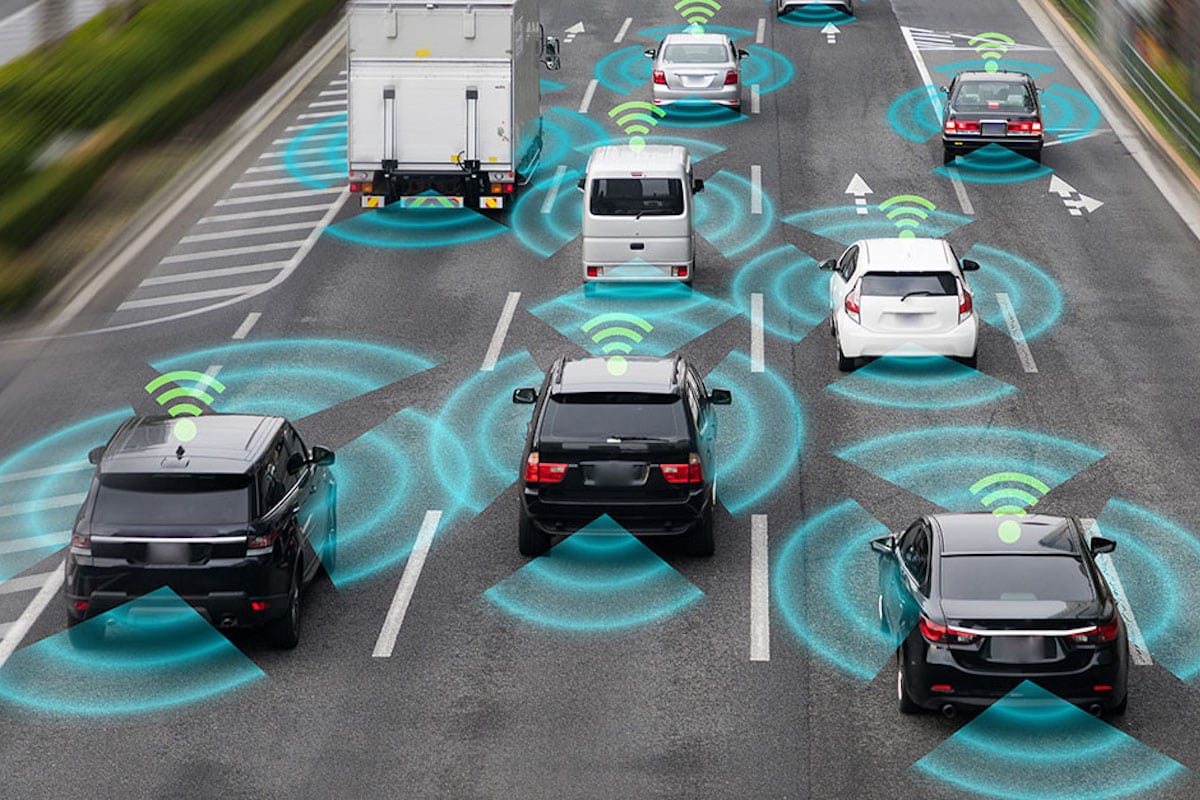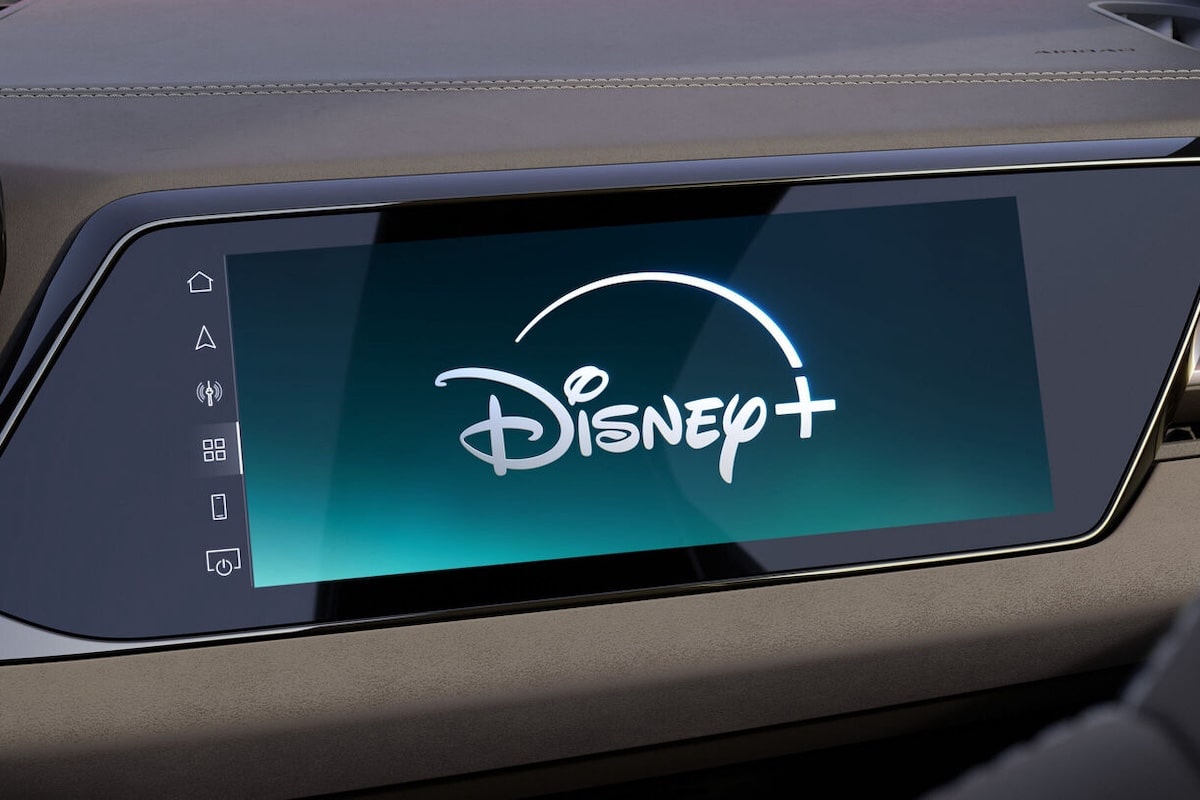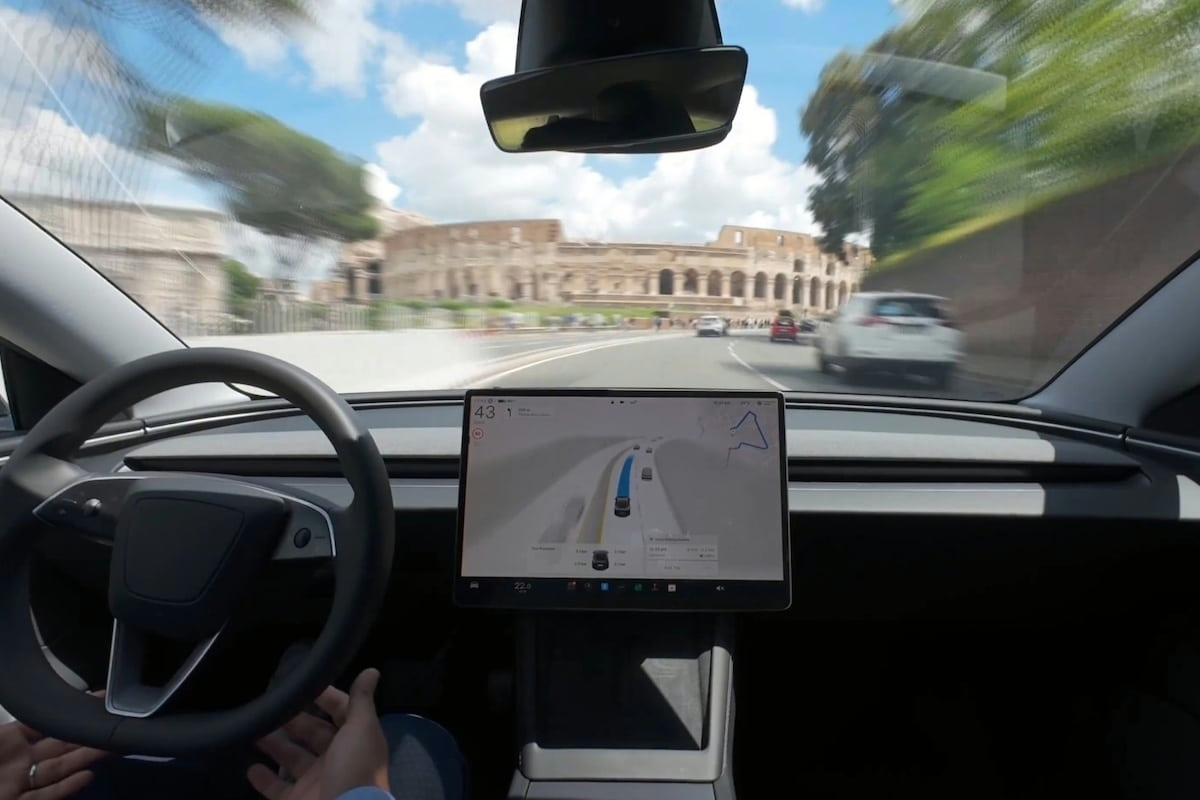What if cars communicated with each other via 5G?

In 10 years, 5G technology will be at its peak. A timeline which coincides with the announced end of thermal vehicles.
In the age of everything connected and 5G, vehicles will not be able to escape the trend. Bernardo Cabrera, Director of Objenious, Bouygues Telecom’s brand dedicated to the Internet of Things, breaks down this technology that could transform mobility.
Thanks to 5G and network slicing, vehicles will be able not only to communicate with the outside but also with each other quickly and with low latency. Indeed, the 5G network has the ability to be “cut” into different targeted network slices, some of which will be dedicated to Vehicle-to-Everything (V2X) services. This approach allows vehicles to exchange data with each other, or with any other communicative entity, to improve traffic flow, safety, and comfort on the road, all in a secure manner.
Vehicles will also be interconnected with the surrounding road infrastructure, similar to Open Road Tolling, which allows drivers to cross and pay a toll without slowing down. Equipped with high-definition cameras, transponders, and automatic license plate recognition systems, connected tolls are already common in some countries such as the United States under the influence of AT&T, Taiwan, and Australia. While this solution is currently in testing zones on certain French highways (Paris-Deauville, for example), the combination of 5G with next-generation IoT will likely make its widespread adoption possible in the coming years.
The sharing and analysis of data are essential aspects of interconnection between vehicles. Using data from localization and detection devices, it will be possible to prevent thefts or road crimes, or to be alerted more quickly in case of involvement in an accident or hit-and-run. The use of dashcams (cameras inside the car recording the windshield) is also likely to become widespread, especially to analyze the causes of road accidents. Police already use these devices with onboard cameras, but the legal framework for video data usage is still awaiting establishment. The collection, but especially the security and utilization of these data, will be major issues in the years to come.
This page is translated from the original post "Et si les voitures communiquaient entre elles en 5G ?" in French.
We also suggestthese articles:
Also read






